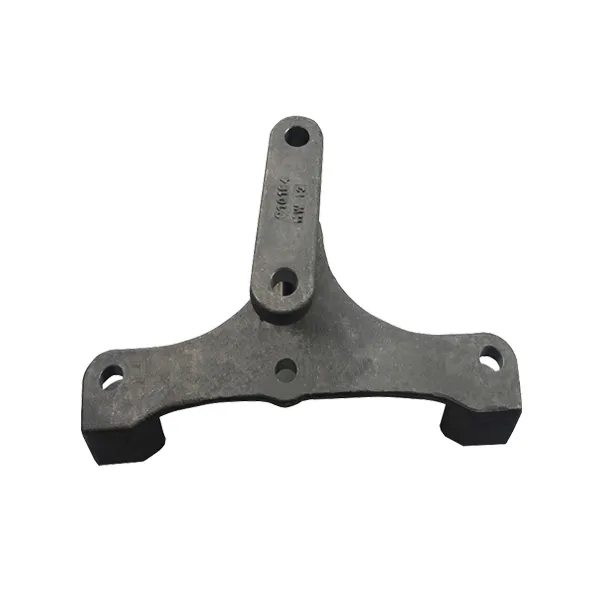
Steel lost foam casting is a process known for producing complex shapes with high precision. While it offers several advantages, it's essential to consider the drawbacks. Let’s explore some key questions regarding the disadvantages of steel lost foam casting.

While lost foam casting allows for complex geometries, there are limitations in terms of design flexibility. Certain intricate designs may be challenging to achieve due to the material properties of the foam and the casting process itself. This can restrict innovation and creativity in product development.
The steel lost foam casting process can be more expensive compared to traditional casting methods. The initial costs associated with creating foam patterns and the need for specialized equipment can drive up production expenses. For smaller production runs, these costs can be particularly prohibitive.
The foam used in lost foam casting is typically made from polystyrene, which raises environmental concerns. The disposal of foam patterns can be problematic, as they may not be biodegradable. Additionally, the production of these foams can involve processes that are not environmentally friendly.
Although lost foam casting can achieve good surface finishes, it may not match the precision of other methods like sand casting or investment casting in terms of tolerances. Variations in the foam pattern and the casting process can lead to discrepancies, requiring additional machining or finishing processes.
Quality control can be more challenging in steel lost foam casting. The complexity of the process means that any defects in the foam pattern can directly affect the final product. Additionally, monitoring the casting process for defects can be more difficult, increasing the risk of producing non-conforming parts.
Temperature control is critical in steel lost foam casting, but maintaining optimal temperatures can be challenging. If the molten steel is not poured at the correct temperature, it can lead to issues such as incomplete filling of the mold or defects in the final casting. This requires careful monitoring and control throughout the process.
Steel lost foam casting is generally more suited for smaller to medium-sized components. For larger castings, the process may not be as efficient, and the foam patterns may not provide the necessary strength to withstand the casting process. This can limit the application of lost foam casting in larger projects.
While steel lost foam casting offers unique benefits, it’s crucial to weigh these against its disadvantages. Limitations in design flexibility, higher production costs, environmental concerns, and challenges in quality control are important considerations. Understanding these drawbacks can help you make an informed decision about whether this casting method is the right choice for your specific project needs.
Ningbo Yinzhou Keming Machinery Manufacturing Co., Ltd. is a company that specializes in providing quality Steel Lost Foam Casting to clients worldwide. Visit our website at https://www.kmcast.com/ to learn more about our products.